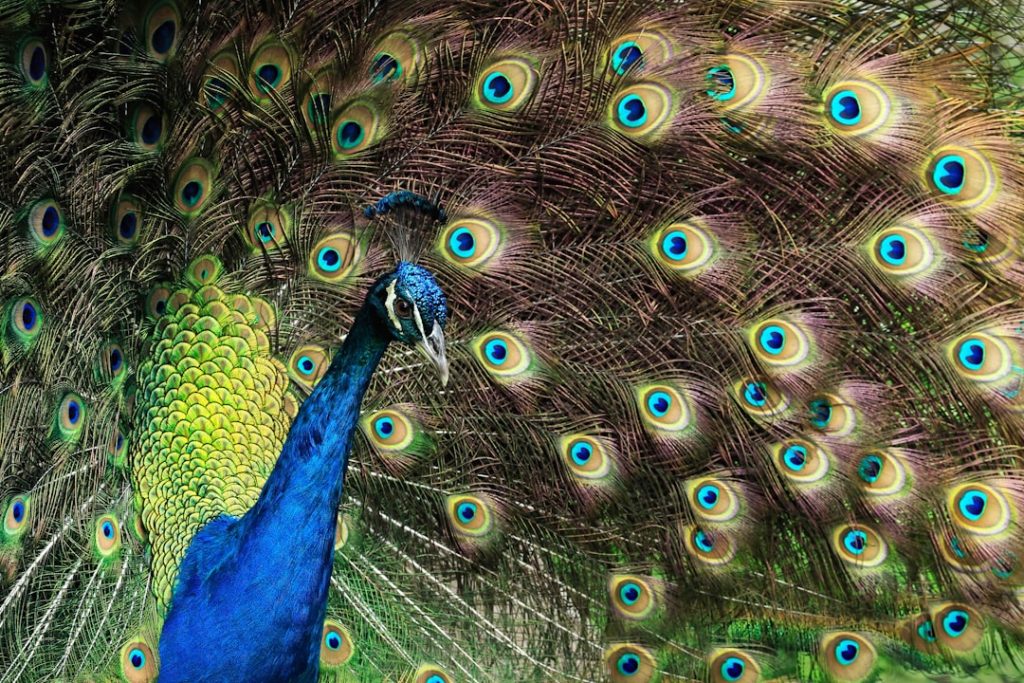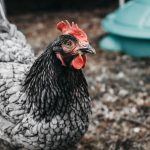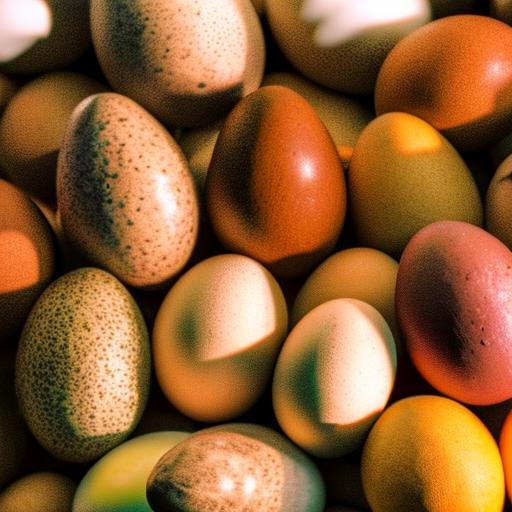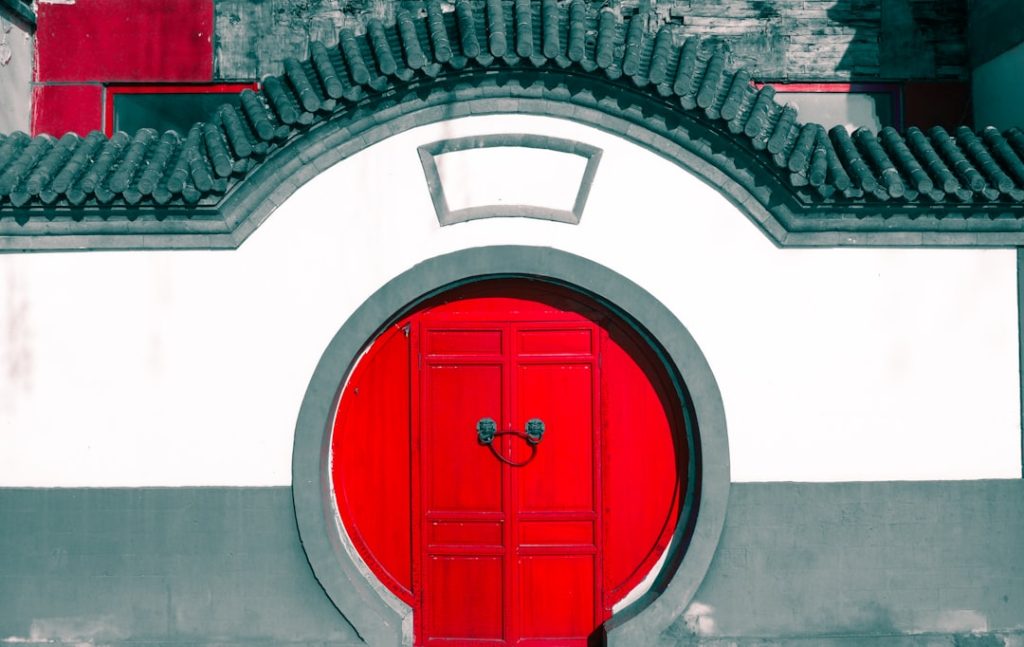Rare chicken breeds represent a diverse and intriguing subset of poultry that have been selectively bred and maintained over time. These breeds are typically distinguished by their unique physical characteristics, behavioral traits, and egg production capabilities. Some rare breeds are valued primarily for their aesthetic appeal, while others are prized for their adaptability to specific environmental conditions or their historical importance.
Enthusiasts, small-scale agricultural operations, and conservation-minded individuals often seek out rare chicken breeds in an effort to maintain genetic diversity within the poultry industry. This article will examine the distinctive features of rare chicken breeds, their historical background and origins, ongoing conservation initiatives, popular breeds among hobbyists, and the various challenges and considerations associated with raising these unique birds.
Table of Contents
- 1 Characteristics and Traits of Rare Chicken Breeds
- 1.1 Rare chicken breeds come in a wide variety of shapes, sizes, and colors, each with its own unique set of characteristics and traits. Some rare breeds, such as the Silkie, are known for their distinctive fluffy plumage and gentle disposition. Others, like the Ayam Cemani, are prized for their striking all-black feathers and skin.
- 1.2 Behavioral Characteristics and History
- 1.3 Cultural Significance and Appreciation
- 2 Conservation Efforts for Rare Chicken Breeds
- 3 Popular Rare Chicken Breeds for Hobbyists
- 4 Challenges and Considerations for Raising Rare Chicken Breeds
- 5 Conclusion and Future Outlook for Rare Chicken Breeds
- 6 FAQs
Key Takeaways
- Rare chicken breeds are important for genetic diversity and preserving cultural heritage.
- Rare chicken breeds often have unique characteristics and traits that make them valuable for hobbyists and breeders.
- Many rare chicken breeds have historical and cultural significance, with origins dating back centuries.
- Conservation efforts for rare chicken breeds are crucial for preventing extinction and maintaining genetic diversity.
- Popular rare chicken breeds for hobbyists include the Silkie, Ayam Cemani, and Ameraucana.
Characteristics and Traits of Rare Chicken Breeds
Rare chicken breeds come in a wide variety of shapes, sizes, and colors, each with its own unique set of characteristics and traits. Some rare breeds, such as the Silkie, are known for their distinctive fluffy plumage and gentle disposition. Others, like the Ayam Cemani, are prized for their striking all-black feathers and skin.
Unique Characteristics and Adaptations
Additionally, rare breeds like the Ameraucana are valued for their ability to lay blue or green eggs. Many rare chicken breeds also have specific adaptations that make them well-suited to particular climates or environments. For example, the Chantecler breed was developed in Canada to withstand harsh winter conditions, while the Egyptian Fayoumi is known for its heat tolerance.
Behavioral Characteristics and History
In addition to their physical traits, rare chicken breeds often have unique behavioral characteristics that make them interesting and rewarding to raise. Some breeds are known for their foraging abilities, while others are particularly broody and make excellent mothers. Rare chicken breeds also come with a rich history and heritage that adds to their appeal. Many rare breeds have been developed over centuries through careful selection and breeding by farmers and poultry enthusiasts.
Cultural Significance and Appreciation
For example, the Sebright bantam breed was developed in the early 19th century by Sir John Sebright, while the Dorking breed has been mentioned in Roman texts dating back to the 1st century AD. The historical significance of rare chicken breeds adds an extra layer of interest for those who are passionate about preserving traditional agricultural practices and heritage breeds. Understanding the history and origins of rare chicken breeds can provide valuable insights into their unique characteristics and help to foster a deeper appreciation for these special birds.
Conservation Efforts for Rare Chicken Breeds

Conservation efforts for rare chicken breeds are crucial for preserving genetic diversity within the poultry industry and ensuring the long-term sustainability of these valuable birds. Many rare chicken breeds are at risk of extinction due to factors such as industrialization of agriculture, changing consumer preferences, and loss of traditional farming practices. To address these challenges, various organizations and individuals are actively involved in conservation efforts to protect and promote rare chicken breeds.
One important aspect of conservation is maintaining viable breeding populations of rare chicken breeds to prevent inbreeding and genetic drift. This often involves establishing breeding programs that carefully manage the genetic diversity of these breeds to ensure their long-term viability. Additionally, education and outreach efforts play a key role in raising awareness about the importance of rare chicken breeds and promoting their conservation.
By sharing information about the unique traits and historical significance of rare breeds, conservationists can inspire others to get involved in preserving these valuable birds.
Popular Rare Chicken Breeds for Hobbyists
For hobbyists interested in raising rare chicken breeds, there are several popular options to consider. The Silkie is a beloved breed known for its gentle nature, distinctive fluffy plumage, and broody tendencies, making it an excellent choice for those interested in hatching chicks. Another popular rare breed is the Ayam Cemani, prized for its striking all-black appearance and revered as a symbol of good luck in its native Indonesia.
The Ameraucana is another favorite among hobbyists due to its ability to lay blue or green eggs, adding a colorful twist to the egg basket. Additionally, the Chantecler breed is valued for its cold-hardy nature, making it an ideal choice for those living in northern climates. The Egyptian Fayoumi is another popular rare breed known for its heat tolerance and excellent foraging abilities.
These popular rare chicken breeds offer a diverse range of traits and characteristics that appeal to hobbyists with different interests and preferences.
Challenges and Considerations for Raising Rare Chicken Breeds
While raising rare chicken breeds can be a rewarding experience, it also comes with its own set of challenges and considerations. One important consideration is the availability of rare breeds, as they may be less common and more difficult to find compared to popular commercial breeds. Additionally, some rare breeds may have specific care requirements due to their unique physical traits or environmental adaptations.
For example, breeds developed for cold climates may require special housing or management practices to thrive in warmer regions. Another challenge is ensuring genetic diversity within breeding populations to prevent inbreeding and maintain the overall health and vitality of rare chicken breeds. This often requires careful planning and coordination among breeders to avoid genetic bottlenecks and preserve valuable traits within these populations.
Finally, raising rare chicken breeds may also require additional knowledge and expertise compared to more common commercial breeds, as they may have specific behavioral or health considerations that need to be addressed.
Conclusion and Future Outlook for Rare Chicken Breeds

Popular Options for Hobbyists
For hobbyists interested in raising rare chicken breeds, there are several popular options to consider, each with its own set of unique traits and appeal.
Challenges and Rewards
While there are challenges and considerations associated with raising rare chicken breeds, the rewards of preserving genetic diversity and heritage breeds make it a worthwhile endeavor.
A Bright Future Ahead
Looking ahead, the future outlook for rare chicken breeds depends on continued conservation efforts, education, and support from enthusiasts who are passionate about preserving these valuable birds for future generations to enjoy. By working together to protect and promote rare chicken breeds, we can ensure that these special birds continue to enrich our lives and contribute to the diversity of poultry agriculture for years to come.
If you’re interested in rare breeds of chickens, you might also want to check out this article on how many eggs geese lay. It’s always fascinating to learn about different types of poultry and their unique characteristics.
FAQs
What are rare breeds of chickens?
Rare breeds of chickens are specific types of chickens that are not as common as popular commercial breeds. These breeds are often less common due to factors such as lower egg production, slower growth rates, or unique physical characteristics.
Why are rare breeds of chickens important?
Rare breeds of chickens are important for genetic diversity within the chicken population. They often possess traits that are valuable for conservation and breeding programs, and they contribute to the overall biodiversity of chicken breeds.
What are some examples of rare breeds of chickens?
Examples of rare breeds of chickens include the Ayam Cemani, the Silver Spangled Hamburg, the Sicilian Buttercup, the Sultan, and the Sumatra. These breeds are known for their unique appearances and characteristics.
How can rare breeds of chickens be preserved?
Rare breeds of chickens can be preserved through dedicated breeding programs, conservation efforts, and promotion of their unique qualities. Organizations and individuals can work to raise awareness about these breeds and encourage their continued breeding and conservation.
Where can rare breeds of chickens be found?
Rare breeds of chickens can often be found through specialized breeders, poultry shows, and conservation organizations. Some rare breeds may also be available through online sources and poultry breeders who specialize in preserving and promoting these unique breeds.

Meet Walter, the feathered-friend fanatic of Florida! Nestled in the sunshine state, Walter struts through life with his feathered companions, clucking his way to happiness. With a coop that’s fancier than a five-star hotel, he’s the Don Juan of the chicken world. When he’s not teaching his hens to do the cha-cha, you’ll find him in a heated debate with his prized rooster, Sir Clucks-a-Lot. Walter’s poultry passion is no yolk; he’s the sunny-side-up guy you never knew you needed in your flock of friends!


Meet Walter, the feathered-friend fanatic of Florida! Nestled in the sunshine state, Walter struts through life with his feathered companions, clucking his way to happiness. With a coop that’s fancier than a five-star hotel, he’s the Don Juan of the chicken world. When he’s not teaching his hens to do the cha-cha, you’ll find him in a heated debate with his prized rooster, Sir Clucks-a-Lot. Walter’s poultry passion is no yolk; he’s the sunny-side-up guy you never knew you needed in your flock of friends!







